-
From NEGLECTED to RESPECTED! 1985 Cougar Tunnel Hull Extreme Makeover at Autogeek
From NEGLECTED to RESPECTED! 1985 Cougar Tunnel Hull Extreme Makeover at Autogeek
My good friend and pro detailer Russel Stender brought his customer's boat, a 1985 Cougar MTR Tunnel Hull all the way down from Jacksonville, Florida to Autogeek in Stuart, Florida for an extreme makeover.
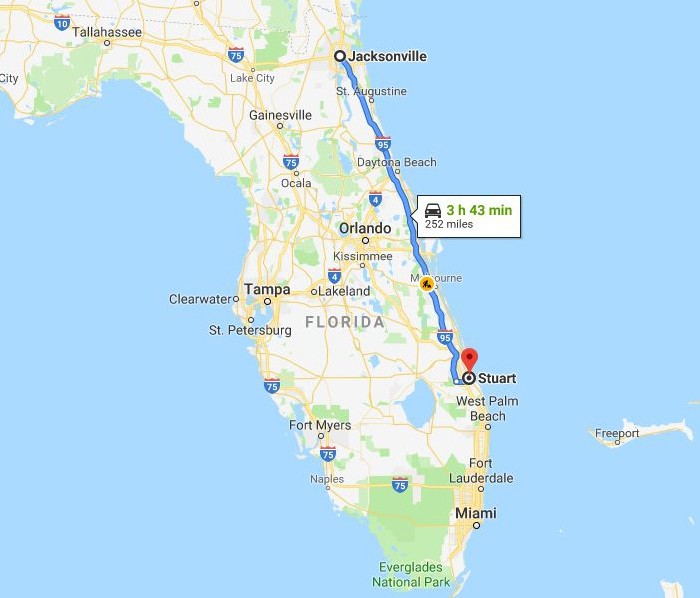
While working on this boat we also made a video to showcase many of the products in the Marine 31 line. There's about a dozen or so established marine brands on the market but you ever see any of these companies doing projects like we do here at Autogeek. In fact, we are the only company that holds a legit boat detailing class, at least a legit boat detailing class that you kind find pictures and videos from that shows real boats be detailed in a class environment using the Marine 31 brand of products.
So in keeping with our history of holding classes and providing both the products and the education to go with the products, below are the pictures I was able to take during this project showing the extreme transformation from and very cool but also very neglected 1985 Cougar Tunnel Hull with the original gel-coat, to what probably is as-good or better finish than when it left the Cougar boat manufacturing company in Lake Havasu City, Arizona.
PROCESS
Step 1: Wash with Marine 31 Gel Coat Wash & Wax with Carnauba
Step 2: Compound with Marine 31 Captain’s One-Step Compound & Polish with FLEX PE14 Rotary Buffers and Lake Country Wool Pads
Step 3: Polish with Marine 31 Captain’s One-Step Compound & Polish using the FLEX XC 3401 VRG 8mm gear-driven orbital polisher with Lake Country 6.5" Force Hybrid Foam Cutting Pads.
Step 4: Chemically strip with Marine 31 Gel Coat Prep Spray
Step 5: Seal the surface using Marine 31 Captain's Boat Coating
Here's the pictures, I was busy compound and polishing on the boat or shooting video with Yancy, so I don't have picture of everything but the video Yancy shot will have a lot of information and footage of technique.
Here's late Thursday night when Russel arrived from Jacksonville, Florida
Arrival to Autogeek in Stuart, Florida
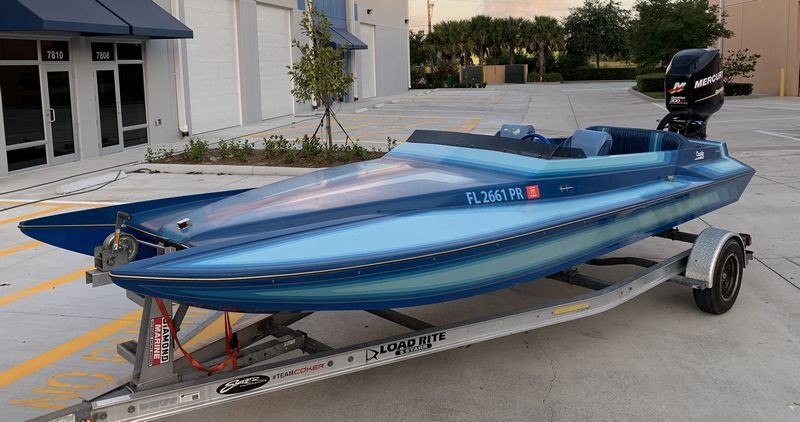
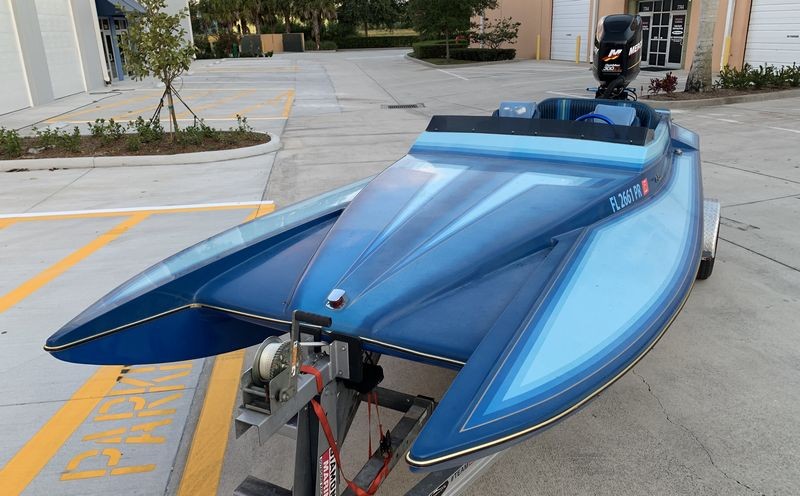
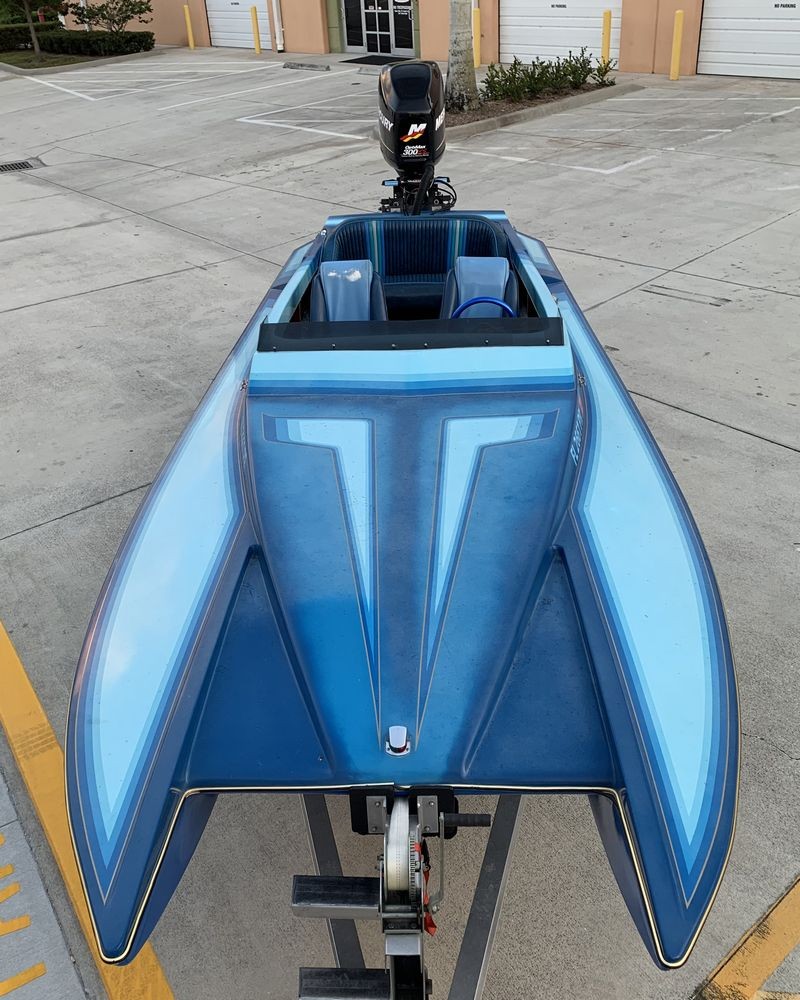




Before
Here's some before pictures under the florescent lights after we moved the boat into the garage for safe-keeping overnight.


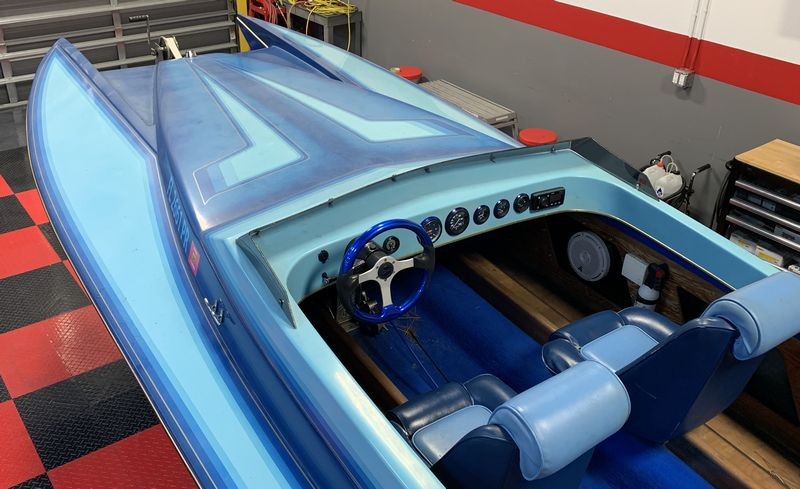

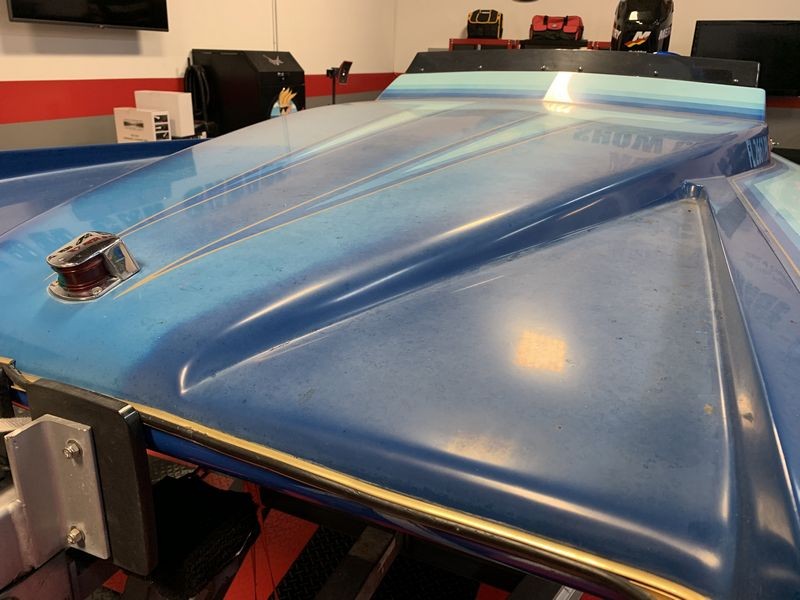
Friday morning - After washing outside
After washing the boat we moved her back inside and started staging for the video and the Test Spot.
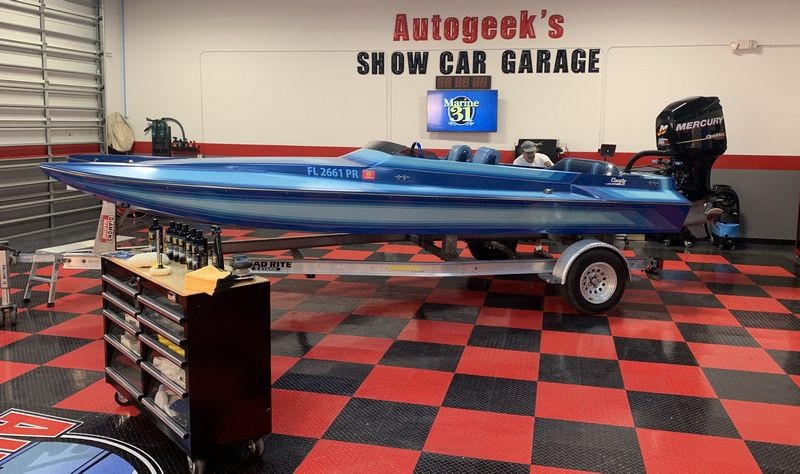

Test Spot
For those that might be new to machine polishing, the Test Spot is where you test out teh product, tools and pads that you HOPE and expect to work (for whatever it is you're trying to do), to one small area and then inspect the results. If the results from the Test Spot look good and/or meet your expectations then you simply duplicate the process for the Test Spot over the rest of the boat or whatever it is you're working on.
If the results DON'T looks good, the first you'll be glad you only buffed a small area. Second you then try something else, maybe a different product, maybe a different pad, etc. You do Test Spots UNTIL you dial-in a process that works to your expectations. If you run into trouble, the start a thread on this forum asking for help, that's what this forum is about.
Our Test Spot
If this were my boat I probably would have machine sanded using Mirka Abralon #3000 grit followed by Abralon #4000 grit and then compounded and polished out. Because it isn't my boat I had to make a judgement call and while I think machine sanding would have been perfectly safe I also didn't want to run into a "Whoops" situation with the owner living 6 hours away. So we skipped machine sanding and used the traditional approach of compounding with a wool pad, rotary buffer and compound followed by polishing with an orbital polisher, foam pad and the same compound/polish. Below are the results....

The appearance of 2 different colors IS how it's supposed to look, this is a fade light that is part of the color scheme.
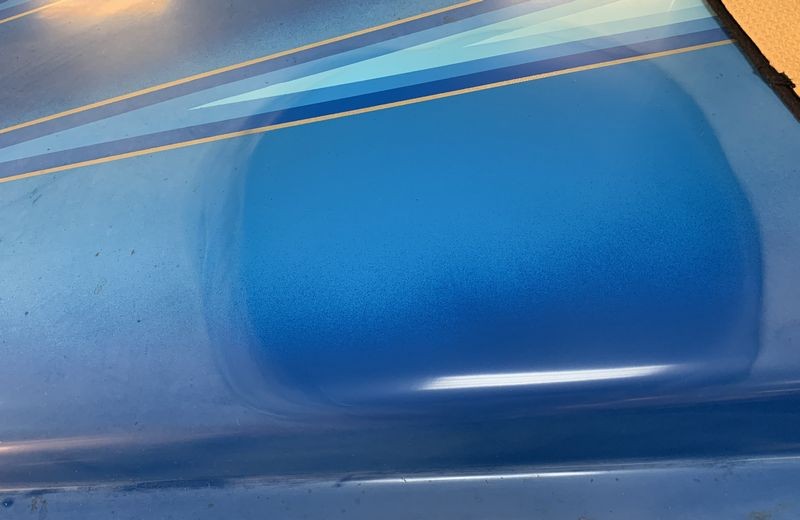
Here's the overhead florescent lights shining down on the hull.

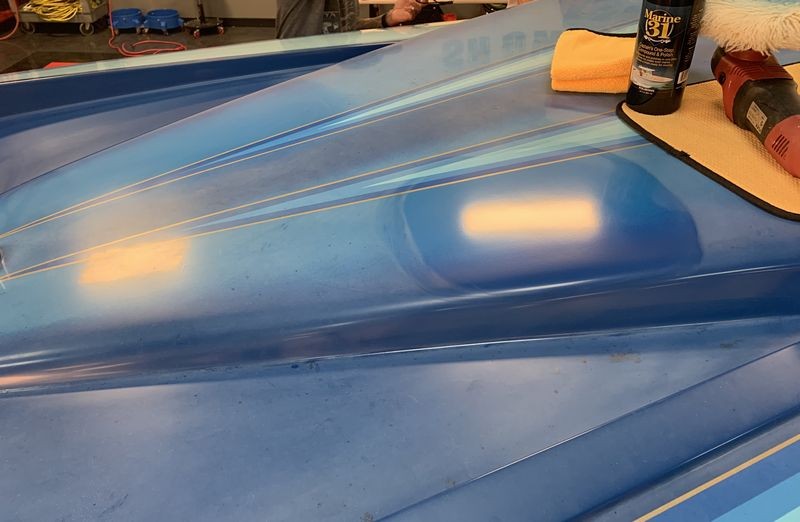


Gel-coat is polyester resin with pigment
Gel-coat is kind of like single stage paint. Gel-coat is polyester resin with pigment. In this example it's polyester resin with multiple blue pigments. It's completely normal to see the color of the hull coming off and onto your buffing pads and your microfiber towels. Marine gel-coats tend to be much thicker than automotive paints. For this reason you can usually get more aggressive with them when doing any correction work. You still have to use common sense.
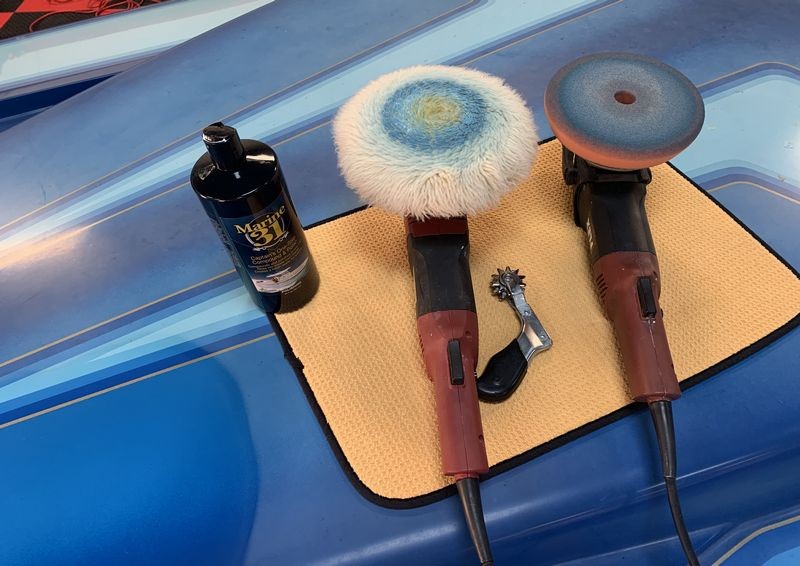
Full speed ahead...
After the Test Spot, Russel, Rob, (in the foreground), Jason from Lake Country and I dove in head first and starting compounding the hull.

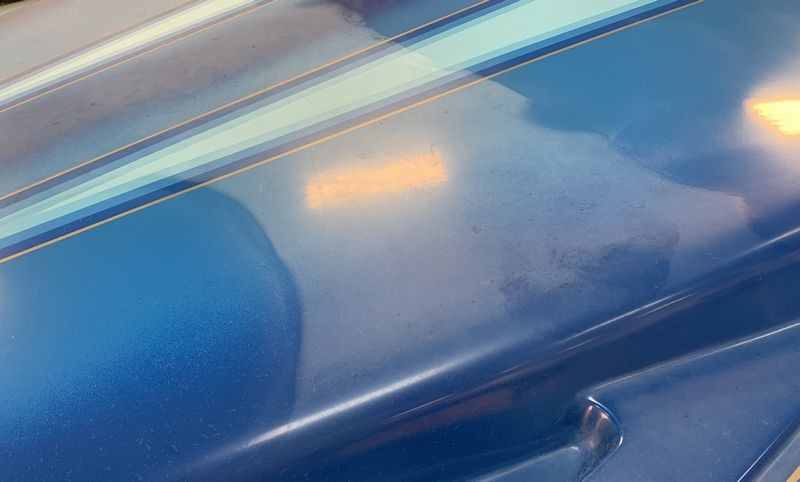
Here's Russel compounding the side of the hull...

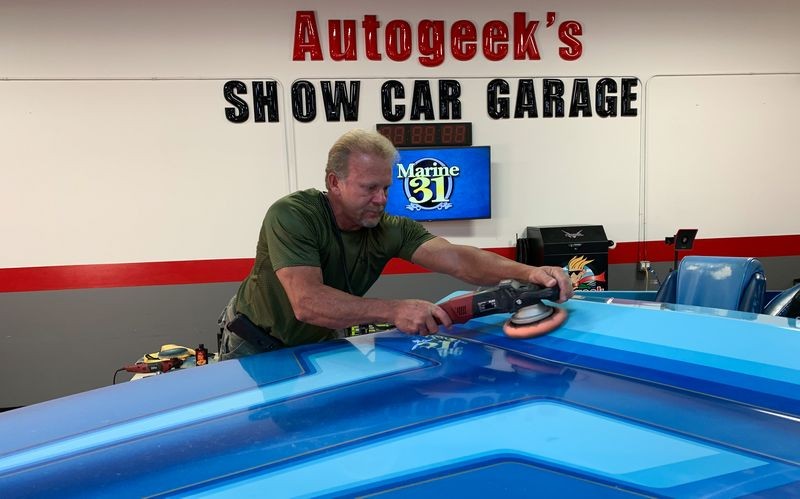
Here's Jason from Lake Country machine compounding hard on the sides of the boat...
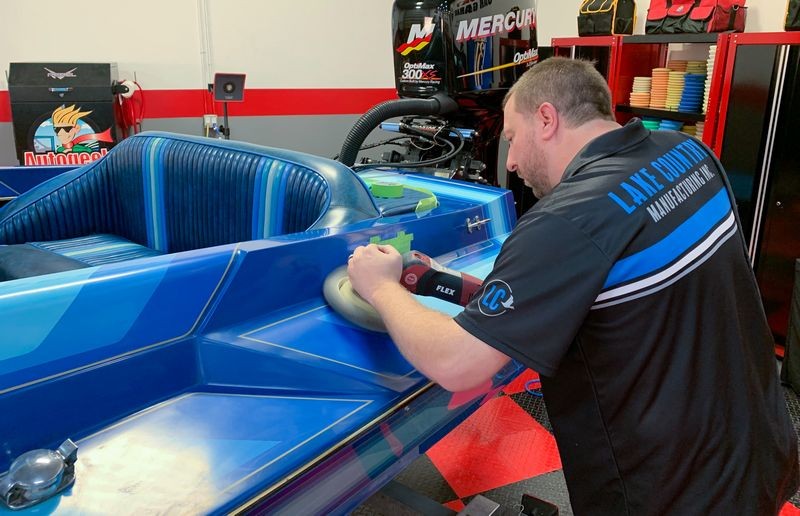
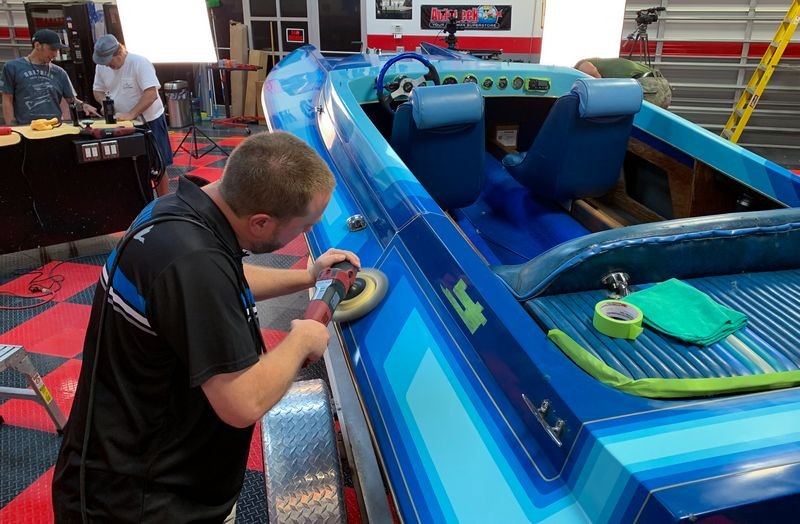
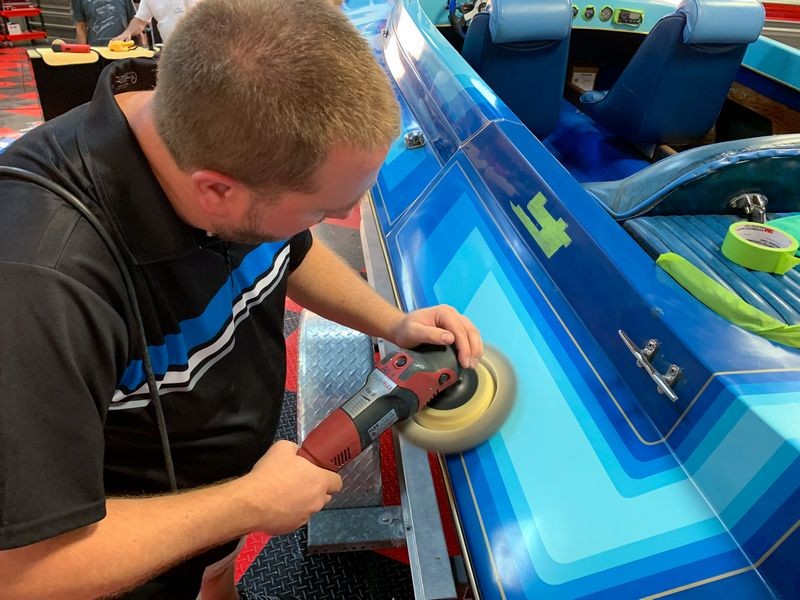
Here's Rob, as in RobHarleydetailer.com machine polishing the sections I compounded...


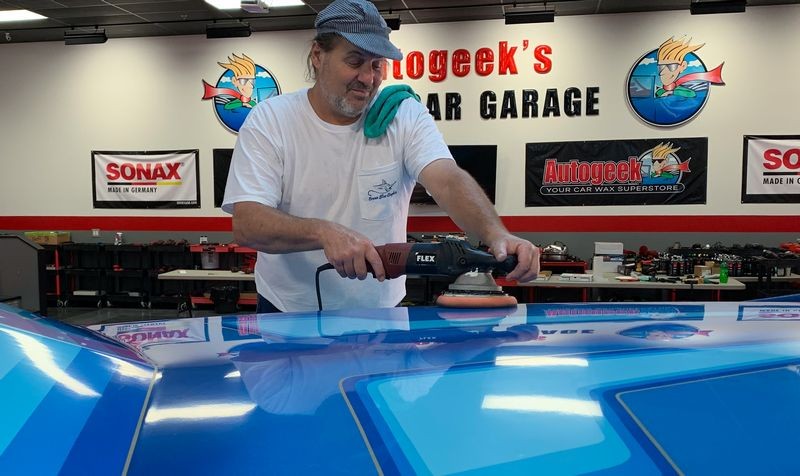
PIZZA BREAK
Can't buff boats without fuel

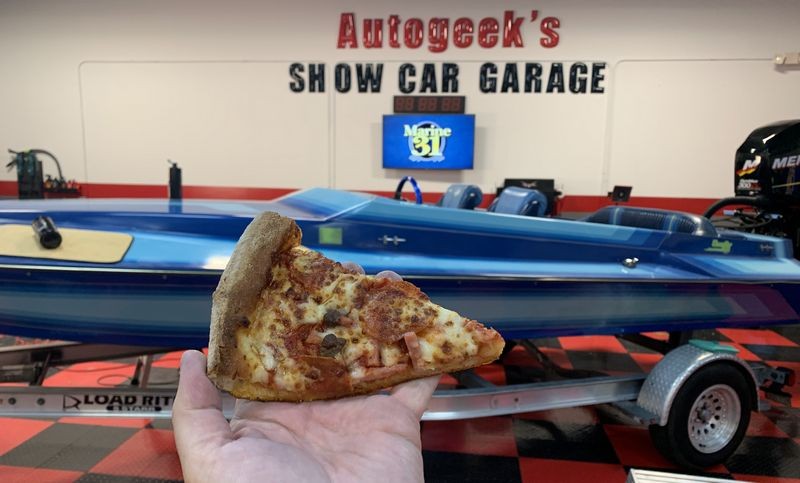
Staining and Oxidation
The sides of the hull were not only oxidized but they also had a lot of staining from contaminated water. You can see the staining and the oxidation in the below before and after pictures.
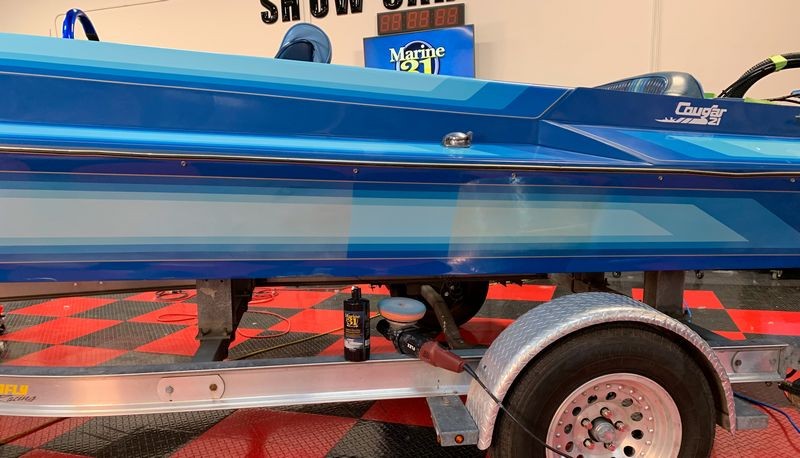
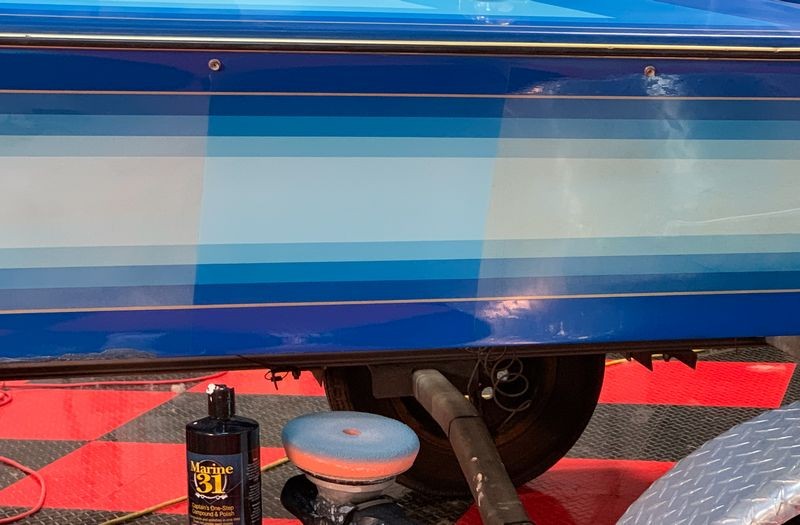

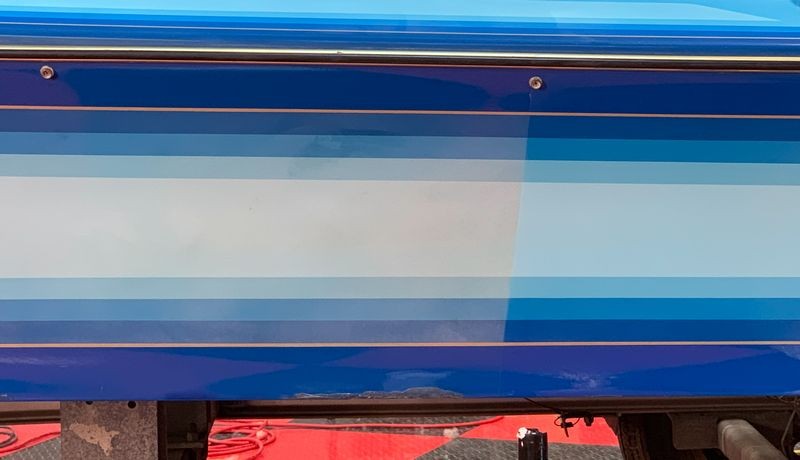
After buffing out the entire boat it literally changed colors as you'll see in the AFTER pictures.

Oxidized Diamond Plate
Diamond plate boat trailer fenders are pretty common and un-coated aluminum oxidized easily. To remove the oxidation we machine polished using a wool pad on a rotary buffer with the Marine 31

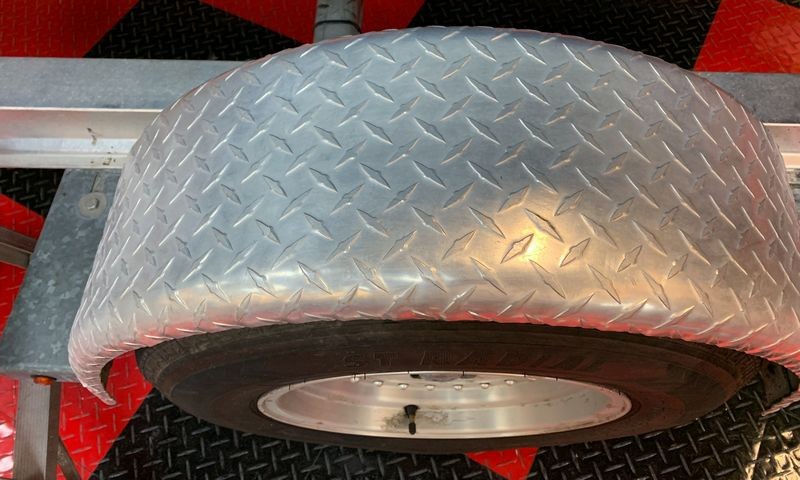
Aluminum Polishing Tip
Once you use a wool pad to polish aluminum,
A: Dedicate this pad for ONLY polishing aluminum moving into the future.
B: Don't EVER WASH IT - Use it until you feel you've obtained all your money's worth and the write-it off.
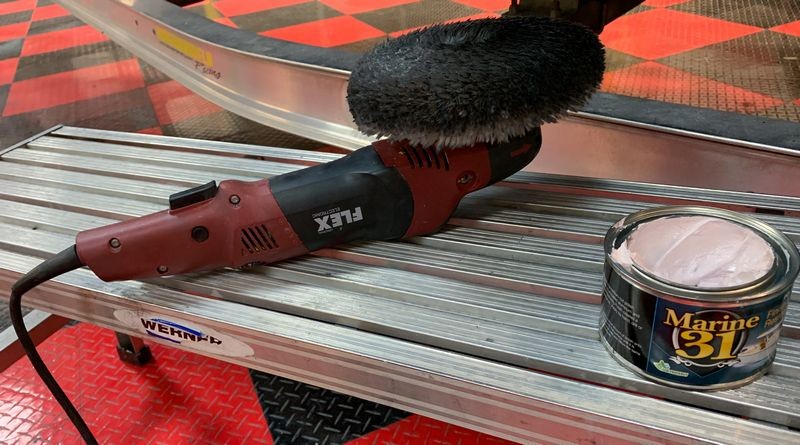
Here's the area I polished - the polish residue is still on the fender.

Here's the residue wiped-off...
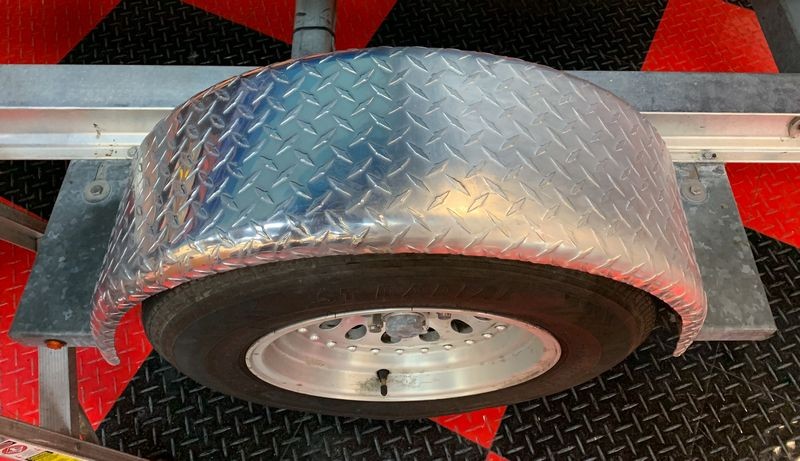

-
Post Thanks / Like - 0 Thanks, 2 Likes, 0 Dislikes













 Thanks:
Thanks:  Likes:
Likes:  Dislikes:
Dislikes: 


 Reply With Quote
Reply With Quote
Bookmarks